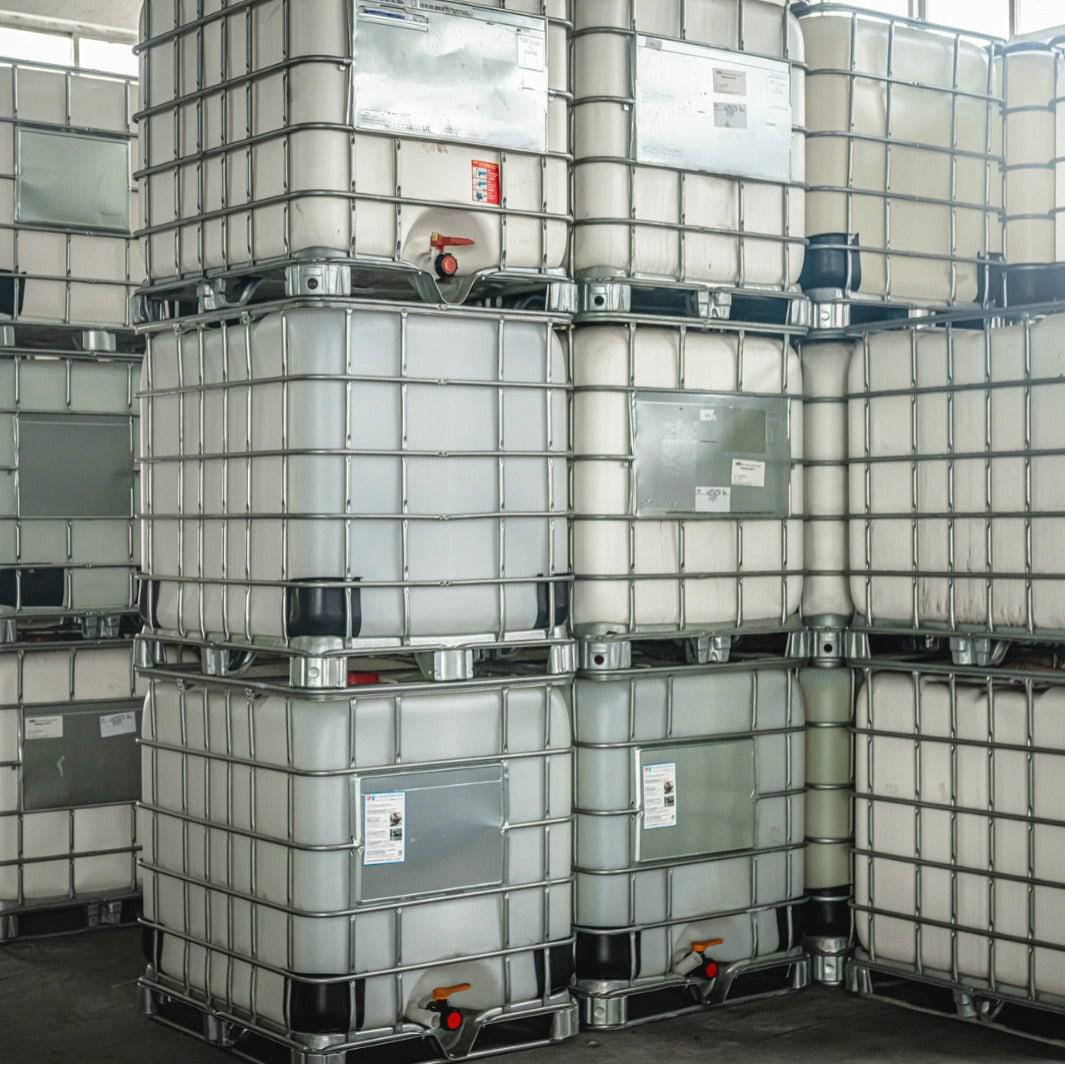The 5-Minute Rule for Chemie
3 Easy Facts About Chemie Explained
Table of Contents10 Simple Techniques For ChemieGetting The Chemie To WorkChemie for DummiesThe Definitive Guide for ChemieGetting My Chemie To WorkChemie Can Be Fun For Everyone
By Bojanna Shantheyanda, Sreya Dutta, Kevin Coscia and David SchiemerDynalene, Inc. Liquid cooling, which can be achieved using indirect or straight means, is utilized in electronic devices applications having thermal power densities that might exceed risk-free dissipation through air cooling. Indirect fluid air conditioning is where warmth dissipating electronic components are physically separated from the liquid coolant, whereas in situation of straight air conditioning, the parts are in direct contact with the coolant.Nevertheless, in indirect cooling applications the electric conductivity can be crucial if there are leakages and/or spillage of the liquids onto the electronics. In the indirect air conditioning applications where water based fluids with rust inhibitors are generally used, the electrical conductivity of the fluid coolant mostly relies on the ion focus in the fluid stream.
The increase in the ion focus in a shut loophole liquid stream might take place as a result of ion leaching from metals and nonmetal elements that the coolant liquid touches with. During procedure, the electrical conductivity of the fluid might increase to a degree which could be damaging for the air conditioning system.
About Chemie
(https://telegra.ph/Innovative-Thermal-Solutions-with-Chemie-Dielectric-Coolant-and-Beyond-01-09)They are grain like polymers that can trading ions with ions in an option that it touches with. In today work, ion leaching examinations were executed with various metals and polymers in both ultrapure deionized (DI) water, i.e. water which is treated to the highest degree of pureness, and low electrical conductive ethylene glycol/water combination, with the gauged change in conductivity reported gradually.
The samples were allowed to equilibrate at room temperature for 2 days before tape-recording the initial electrical conductivity. In all examinations reported in this study liquid electric conductivity was measured to a precision of 1% using an Oakton disadvantage 510/CON 6 collection meter which was calibrated prior to each dimension.
An Unbiased View of Chemie
from the wall surface heating coils to the facility of the furnace. The PTFE sample containers were put in the furnace when constant state temperatures were reached. The test arrangement was eliminated from the furnace every 168 hours (seven days), cooled down to space temperature level with the electric conductivity of the fluid gauged.
The electrical conductivity of the liquid sample was kept an eye on for an overall of 5000 hours (208 days). Figure 2. Schematic of the indirect closed loophole cooling down experiment set up - fluorinert. Table 1. Parts used in the indirect closed loop cooling down experiment that are in contact with the fluid coolant. A schematic of the speculative arrangement is received Number 2.

Chemie for Beginners
During procedure the liquid reservoir temperature was maintained at 34C. The change in liquid electrical conductivity was kept an eye on for 136 hours. The liquid from the system was gathered and stored. Similarly, closed loop examination with ion exchange resin was performed with the exact same cleaning procedures used. The first electric conductivity of the 230ml UP-H2O in the system measured 1.84 S/cm.

0.1 g of Dowex resin was included in 100g of liquid samples that was absorbed a different container. The mixture was mixed and change in the electric conductivity at space temperature was gauged every hour. The measured adjustment in the electrical conductivity of the UP-H2O and EG-LC examination fluids consisting of polymer or metal when involved for 5,000 hours at 80C is shown Figure 3.
See This Report on Chemie
Ion leaching experiment: Calculated change in electric conductivity of water and EG-LC coolants having either polymer or steel samples when immersed for 5,000 hours at 80C. The outcomes show that steels added fewer ions into the fluids than plastics in both UP-H2O and EG-LC based coolants.
Fluids containing polypropylene and HDPE exhibited the lowest electric conductivity adjustments. This could be because of the short, stiff, straight chains which are much less most likely to contribute ions than longer branched chains with weaker intermolecular forces. Silicone additionally executed well in both test liquids, as polysiloxanes are usually chemically inert due to the high bond energy of the silicon-oxygen bond which would certainly avoid deterioration of the material into the fluid.
The 9-Second Trick For Chemie
It would be anticipated that PVC would produce similar results to those of PTFE and HDPE find here based upon the similar chemical structures of the products, however there might be other pollutants existing in the PVC, such as plasticizers, that may influence the electrical conductivity of the fluid - fluorinert. Furthermore, chloride teams in PVC can likewise leach into the test fluid and can create a boost in electrical conductivity
Polyurethane totally degenerated right into the test fluid by the end of 5000 hour examination. Before and after photos of metal and polymer samples immersed for 5,000 hours at 80C in the ion leaching experiment.
Measured change in the electric conductivity of UP-H2O coolant as a feature of time with and without material cartridge in the shut indirect air conditioning loophole experiment. The measured adjustment in electric conductivity of the UP-H2O for 136 hours with and without ion exchange resin in the loop is received Figure 5.